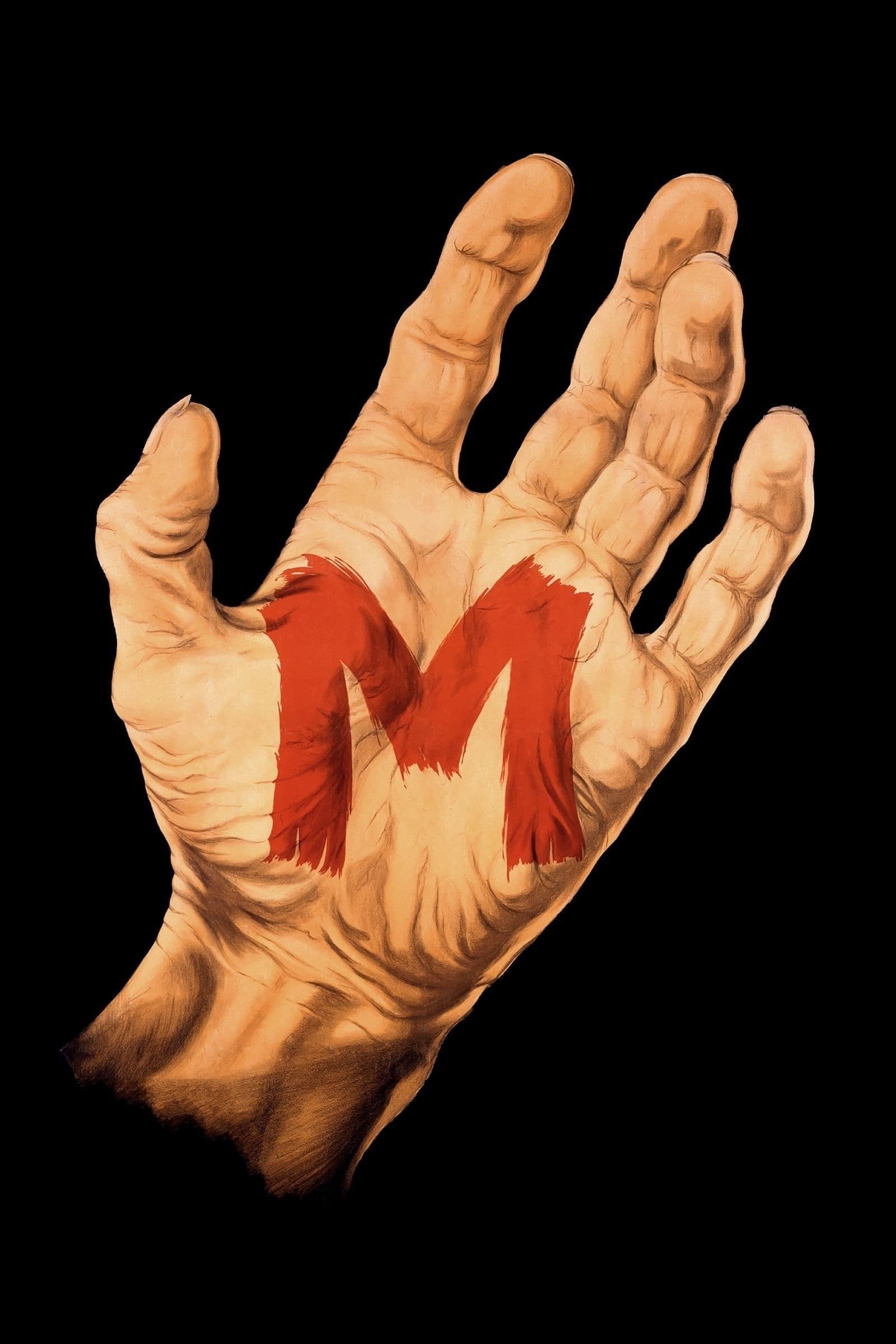
M
1931
Rate this movie
Average: 0.00 / 5
(0 votes)
Director
Fritz Lang, with M, the Monster of Düsseldorf, creates a work that transcends the thriller genre to ascend to a profound and unsettling inquiry into the nature of evil and the contradictions of society. The film, inspired by the crimes of serial killer Peter Kürten which at the time shook Germany, represents an immovable milestone in the history of cinema, not only for its acute psychological analysis but also for having anticipated themes and stylistic elements characteristic of American noir. Lang, with his visual mastery and his ability to create suspenseful atmospheres, leads us on a harrowing journey into the world of criminality, laying bare the fears and obsessions of a society gripped by terror.
This work, created at the dawn of sound cinema and shortly before his escape from Nazi Germany, acts as a bridge between the distorted and hallucinatory aesthetic of German Expressionism – of which Lang himself had been a master with films like Dr. Mabuse the Gambler and Metropolis – and a rawer, more documentary-like realism. Although the shadows and distorted angles still recall the set designs of films like The Cabinet of Dr. Caligari, Lang employs them here not to evoke a dreamlike universe, but rather to reflect the state of mind of a torn nation, on the verge of the moral and political abyss of the Weimar Republic. The collective anxiety, rampant unemployment, and sense of social decay that permeated Germany at the time find a burning metaphor in the widespread panic over the Monster of Düsseldorf, transforming the film into an authentic "Kulturfilm" of the Zeitgeist. It is a film that delves into the squalid: powerful and fascinating in its hallucinatory vision of reality, which proves to be a merciless mirror of the collective psyche.
The plot unfolds around the figure of Hans Beckert, an apparently harmless man, almost anonymous in his bourgeois mediocrity, who turns out to be a dangerous child murderer. His presence looms over the city of Düsseldorf, sowing panic among the populace and putting the police in crisis, as they are unable to capture him and are increasingly under pressure. In a bold and premonitory narrative twist, the city's organized crime syndicate then takes it upon itself to capture him, try him, and sentence him, with a subtle irony that highlights the collapse of state institutions in the face of the underworld's efficiency, however perverse. Lang, with an innovative narrative style that set a precedent, alternates the point of view of the investigators with that of the criminal, showing us the world through Beckert's eyes, his obsessions, his uncontrollable urges, not as a mere justification, but as an exploration of profound pathology and destructive compulsion.
Suspense is not generated by explicit violence, which mostly remains off-screen – an even more radical choice in an era beginning to explore graphic horror – but by the constant sense of threat, by the atmosphere of anguish that permeates every scene. A sense of latent terror, almost a shadow cast upon daily life, is amplified by Lang's brilliant intuition to use sound masterfully, transforming it into a character in its own right. Beckert's iconic whistled tune – a passage from Grieg's Suite No. 1 Op. 46, "In the Hall of the Mountain King" – becomes a terrifying leitmotif, a sonic premonition of imminent evil that precedes and accompanies him like an audible and inescapable shadow. The soundscape is enriched by city noises, desperate cries, alarm bells that citizens affix to their doors, howling sirens, and murmuring crowds, all elements that not only amplify tension and unease but also underscore the chaos and paranoia gripping the metropolis, transforming streets and alleys into a labyrinth of fear. This sound orchestration, pioneering for its time (sound cinema was still in its infancy), makes the film a masterpiece of acoustic design, demonstrating a profound understanding of how sound can manipulate spectator emotion, often more powerfully than any image.
A truly revolutionary work where the camera, almost an analytical scalpel, traces the emotional currents of the various characters – from the mothers' despair to the police's frustration, from the disillusioned efficiency of the underworld bosses to Beckert's lucid madness – and delivers an analytical and merciless portrait to the viewer. The unease arises not from the repeated use of violent scenes but from the sensation of "criminal action" that subtly pervades every scene, almost a crime in the making, stripped bare of its ontological nature and thrust onto the proscenium to shake the audience with burning moral questions about the very nature of guilt and punishment.
Peter Lorre towers in the main role, bestowing upon Beckert's squalid character a sinister and dark aura, yet without ever resorting to the caricature of a monster. His performance is a tour de force of vulnerability and repulsion, capable of eliciting a paradoxical pity even in his abject condition. His thin, high-pitched voice, combined with his bewildered eyes and diminutive body, paints a memorable portrait of a man tormented by his own impulses. Famous is his terrified gaze when he notices an "M" written in chalk on his coat, an unmistakable sign that he has been discovered, the instant the hunt reverses and the hunter becomes the prey. In that precise moment, his terror becomes our terror, and Lang succeeds in the arduous task of creating an aura of pathos around this repulsive creature, a feat that very few directors can accomplish. Lang's skill lies not in absolving him, but in forcing us to confront his torn humanity, making his final plea before the criminals' court – "I can't help it! I can't help myself!" – one of the most agonizing and morally ambiguous moments in cinema history, a desperate request for understanding that still resonates today.
M is not just a psychological thriller; it is also a profound social commentary on justice and its erosion. The underworld's impromptu trial, with its ruthless efficiency and distorted code of honor, chillingly contrasts with the bureaucratic ineffectiveness of law enforcement, raising unsettling questions about who the true guarantor of order is in a dysfunctional society. This clash between official justice and summary justice, between the law of the state and the law of the street, is an unsettling harbinger of the totalitarianisms that would soon engulf Europe, and the figure of the enraged mob, ready to take justice into its own hands, resonates with a sinister topicality. A work that has over time become the archetype of a certain type of noir cinema, that is, the kind of darkness stemming from the soul and social fracture, and which most effectively terrifies, leaving the viewer with the bitter realization that the "monster" is not just the deviant individual, but the very society that produces him and that, in its terror, risks replicating his barbarity.
Country
Gallery
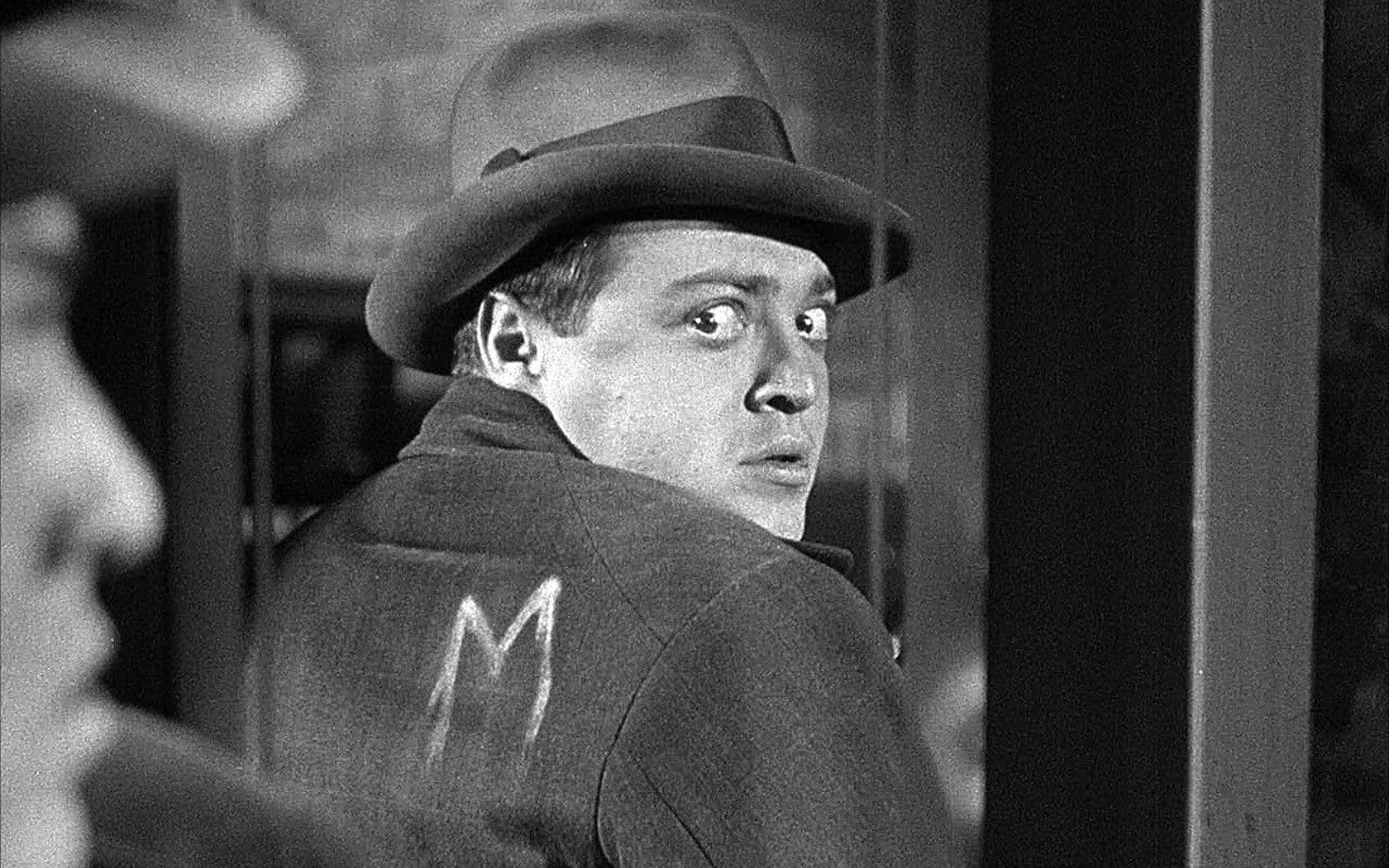
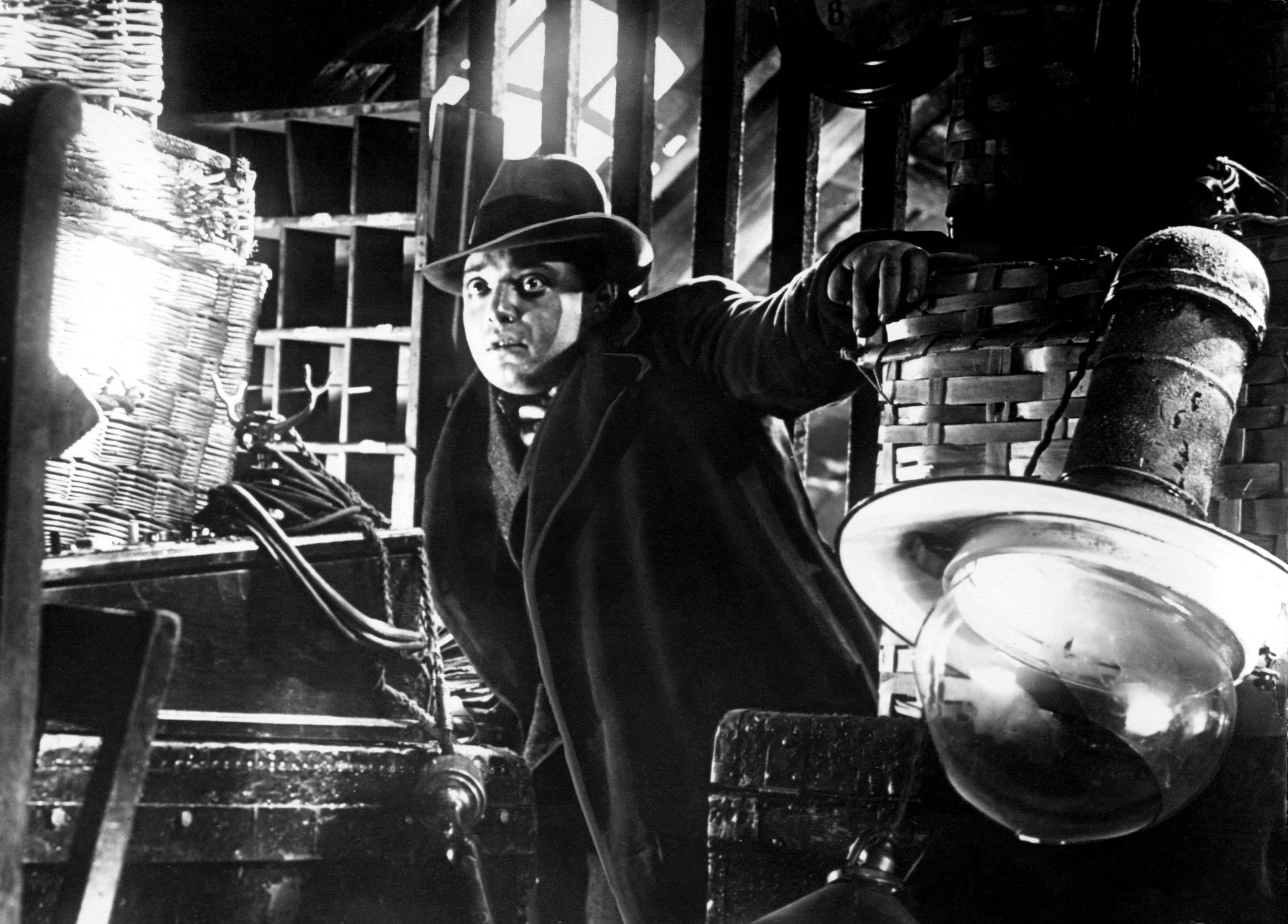
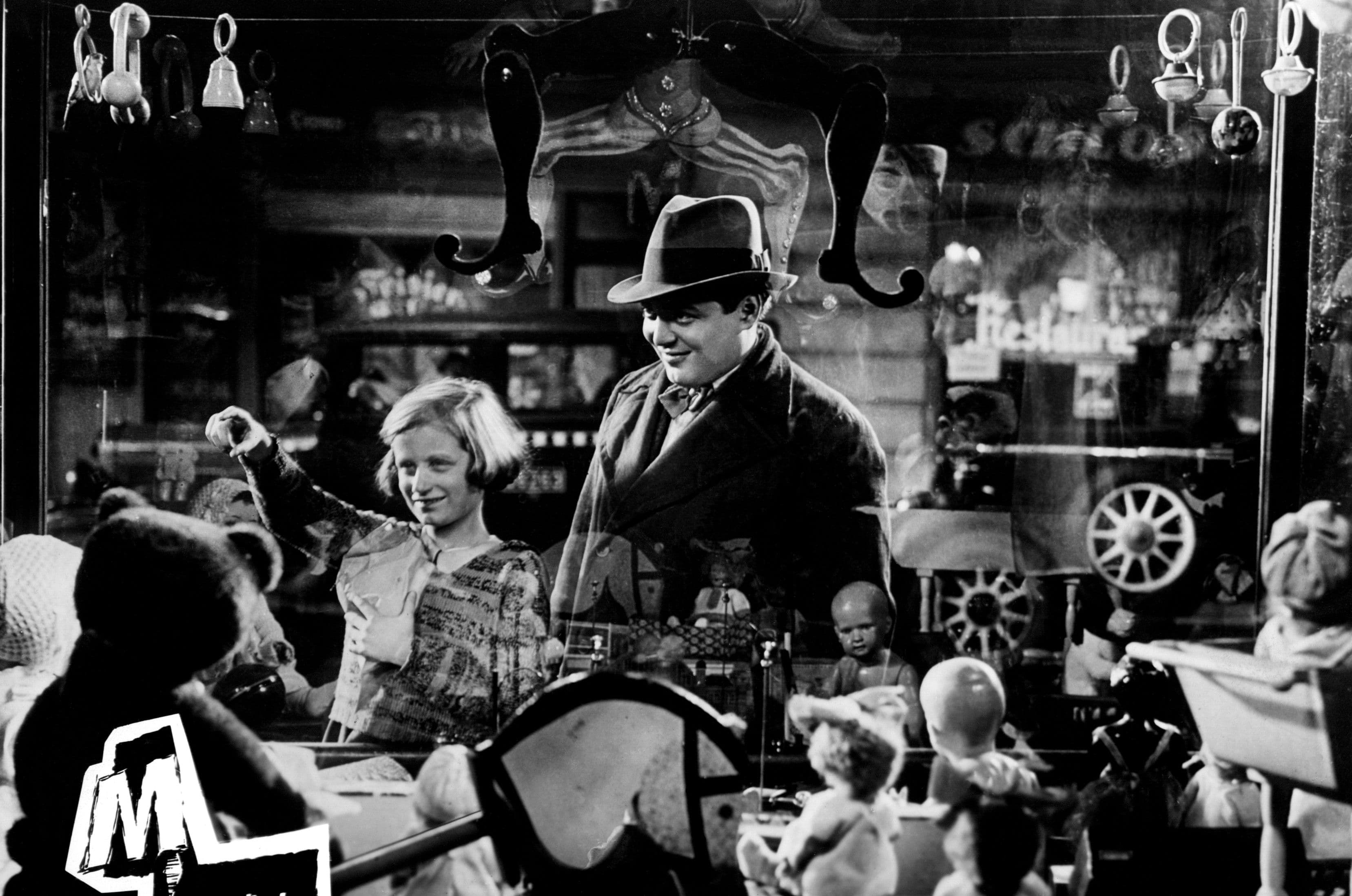
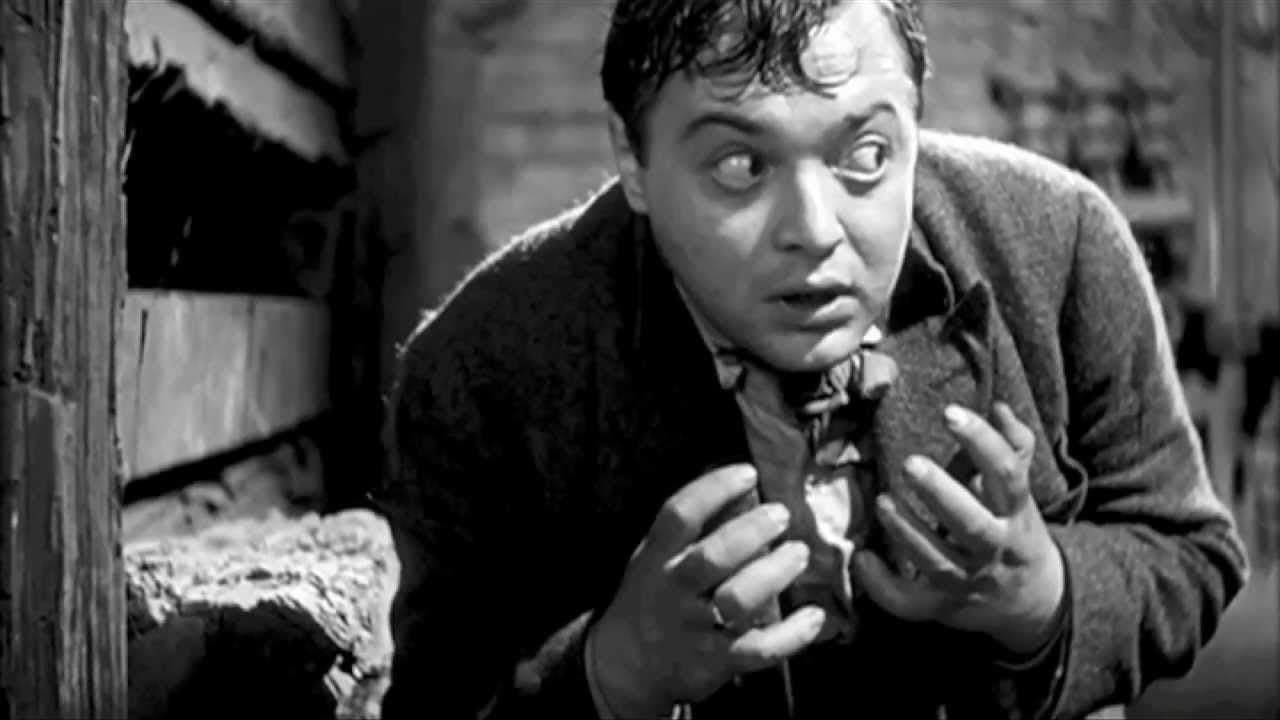
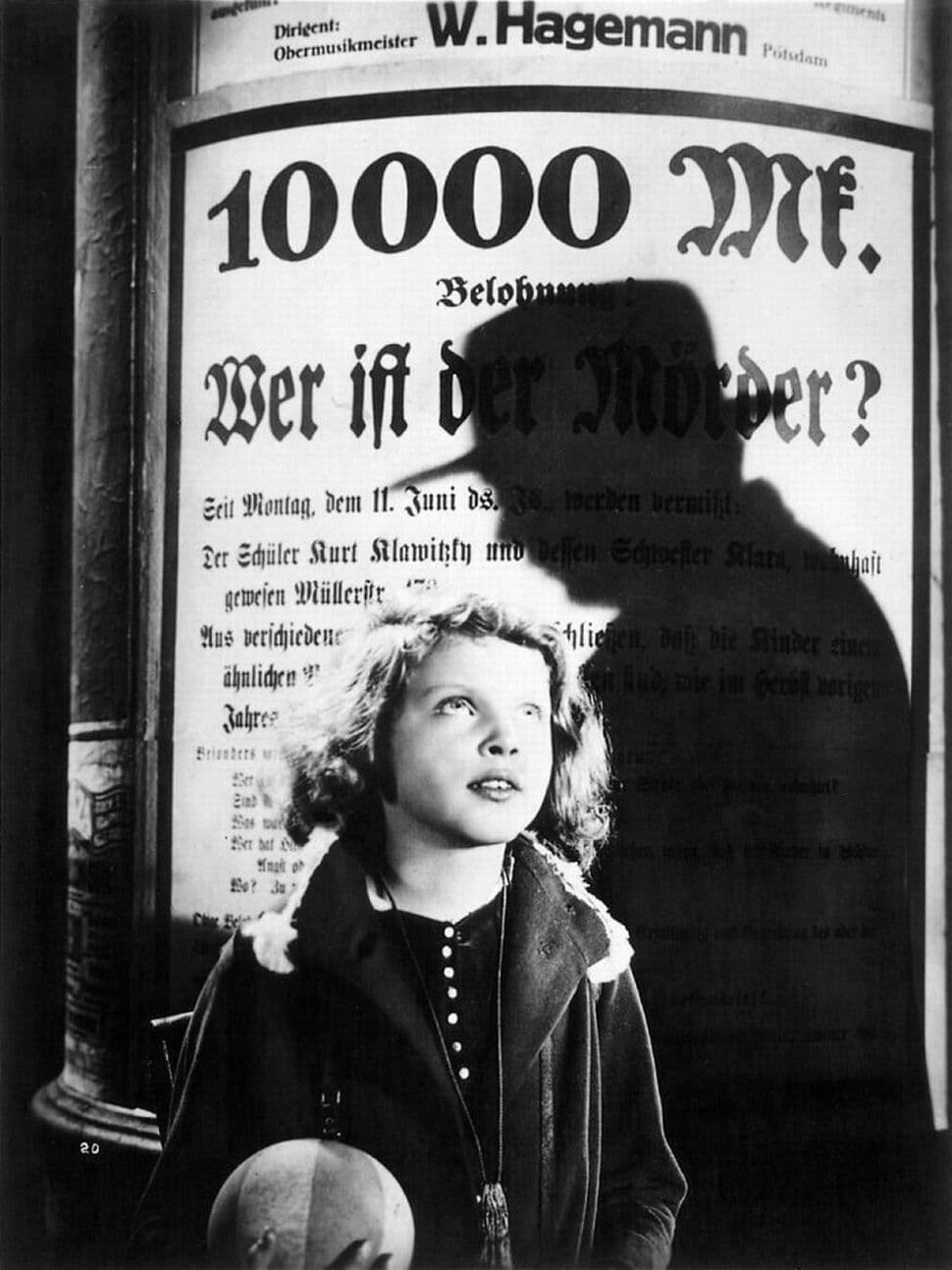
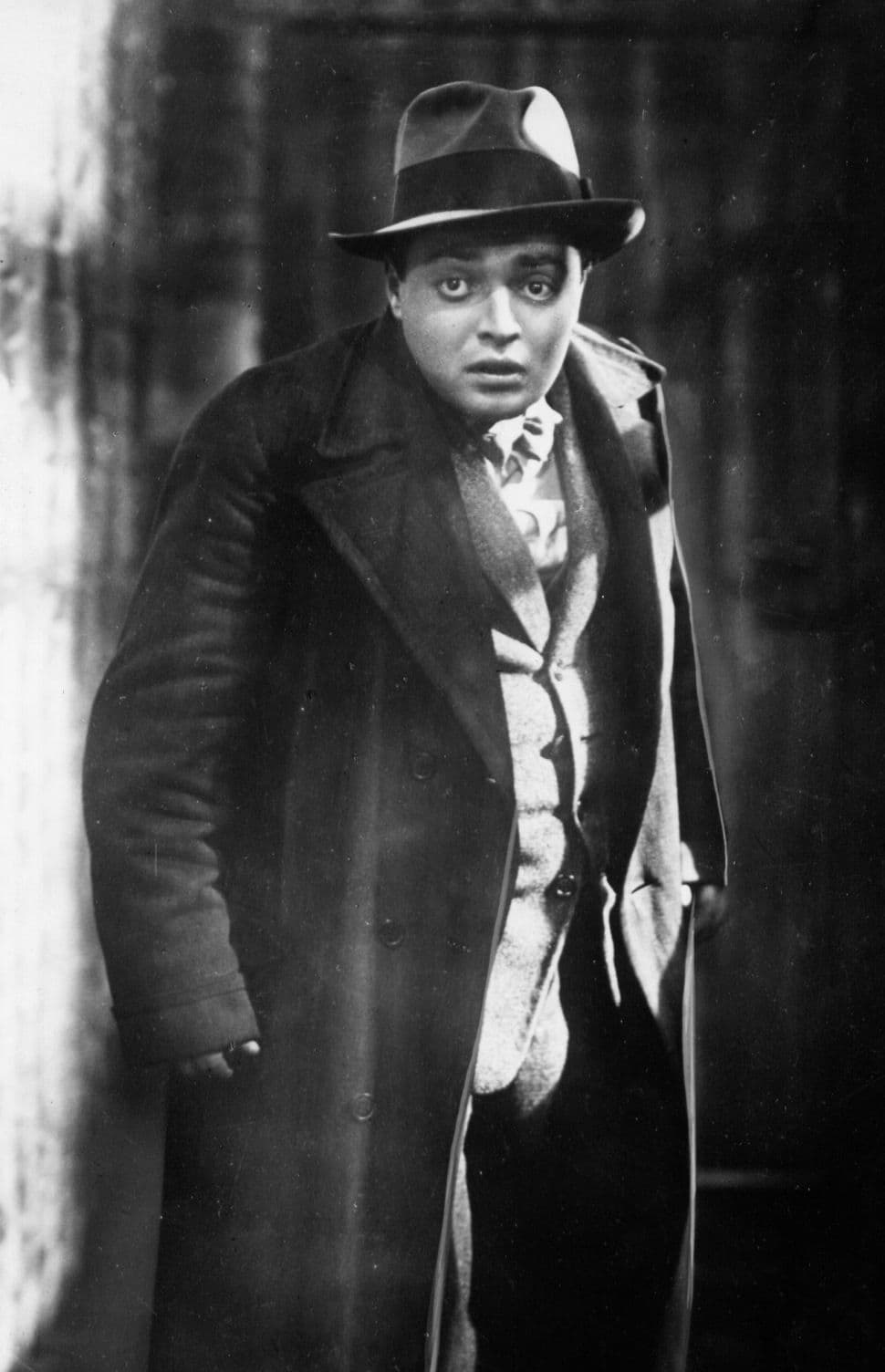
Featured Videos
Official Trailer
Memorable Scene
Comments
Loading comments...